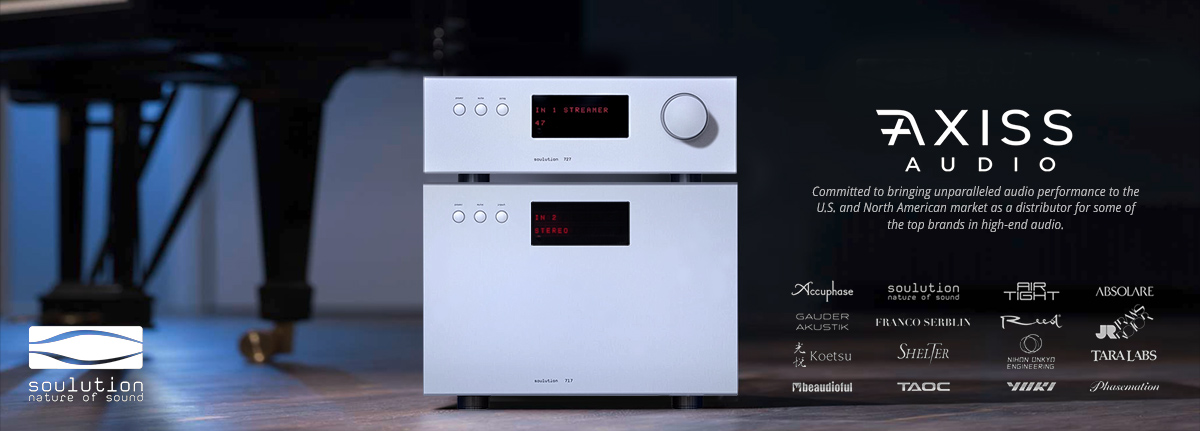If anyone can envision greater transparency after a component than before it, yes, we evidently need to define transparency. Perhaps I should avoid the word altogether. Can the signal from the source have less distortion, less noise, less coloration after it passes through a component (regardless of its quality), than it did before it passed through the component?
Tim
Ah, fidelity for fidelity's sake. No thanks man. To me that's worse than expectation bias, that's downright masochism. I'd rather keep my eye on the prize not the constraints.
Supposing adding the right kind of noise actually increases resolution? That would turn the entire argument on its head wouldn't it?
I have a theory that deals with three very closely interrelated aspects: SNR, Dynamic Range and Resolution. We know that in the digital realm adding the right kind of noise increases the usefulness of some of the data making it more intelligible (increases resolution) best leave that part to Amir. In analog (LP) land we know that stylus profile and the resultant friction/heat change in the vinyl elasticity produces noise akin to digital noise shaping. In tube land we know that thermionic noise, again similar to tape hiss and groove echo aids in accomplishing the same thing.
So the question is, is all noise bad? Apparently not if intelligibility is the concern. Now why wouldn't or shouldn't it be? You have to hear pick something out even before you decide you like it or not. I went looking around on the web and found many topics on improving SNR by adding averaged noise applied from everything from hearing aids to optics. Like Amir said before when I asked about adding noise to increase resolution, he said that it did seem counterintuitive and it sure as heck is!
Proof is in the pudding. Why is it that even if we leave preamps out of it altogether, one unit with volume control capability may present more information than another? Answer that question first before even going to why adding a preamp actually can allow you to hear more at the same average SPL calibration.
In my mind it isn't a "to preamp or not to preamp" issue. It's a what allows me to hear more of what's in the recording issue. Run direct not only did I get signal compression but spatial compression which can cause a whole lot of masking. This is a big deal for me because I listen to large orchestral works most of the time.
Bottom line is, in which configuration can you as a listener more easily identify and discern musical events. I already shared my findings. Would it be different with the Weiss Medea Plus? Maybe, maybe not. I don't really care. I am not a one source guy.
















